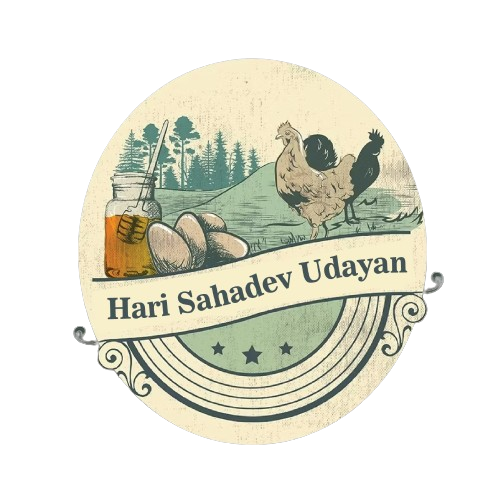Milk Production
The milk production process involves a series of steps from the care of dairy animals to the processing and packaging of milk for consumption. Here’s an overview of the typical milk production process:
Animal Care and Management:
- Dairy farming begins with the care and management of dairy animals, primarily cows, but also goats, sheep, and buffalo in some regions.
- Dairy farmers ensure that animals have access to clean water, nutritious feed, and comfortable living conditions.
- Regular health checks, vaccinations, and proper hygiene practices are essential to maintaining the health and well-being of the animals.
Milking:
- Milking is usually done mechanically using milking machines, although hand-milking is still practiced in some smaller-scale operations.
- Before milking, the udders and teats of the animals are cleaned thoroughly to prevent contamination of the milk.
- Milking machines gently extract the milk from the udders, and the milk flows through sanitary pipelines to a refrigerated bulk tank for immediate cooling and storage.
Transportation:
- Once the milk is collected in the bulk tank, it may be transported to a dairy processing facility. In some cases, smaller dairy farms may process their own milk on-site.
Processing:
- At the processing facility, the milk undergoes various treatments to ensure safety, quality, and shelf stability.
- Pasteurization: Most milk is pasteurized, a process that involves heating the milk to a specific temperature for a set period to kill harmful bacteria and pathogens.
- Homogenization: Milk is homogenized to break down the fat globules and prevent cream separation, resulting in a uniform consistency.
- Optional Processing: Depending on the desired end product, milk may undergo additional processing steps such as standardization (adjusting the fat content), fortification (adding vitamins and minerals), or flavoring.
Packaging:
- Processed milk is packaged into various containers such as cartons, bottles, or pouches. Packaging materials should be food-safe and designed to maintain the freshness and quality of the milk.
- Packaging lines fill and seal the containers, often under sterile conditions, to prevent contamination.
Distribution:
- Packaged milk is then distributed to retailers, supermarkets, or directly to consumers through various distribution channels.
- Cold chain logistics are crucial to maintaining the integrity of the milk during transportation and storage, ensuring that it remains refrigerated until it reaches the consumer.
Consumption:
- Finally, consumers purchase and consume milk as a nutritious beverage or use it as an ingredient in cooking, baking, or dairy products such as cheese, yogurt, and butter.
Throughout the milk production process, quality control measures are implemented to ensure that milk meets regulatory standards for safety, purity, and nutritional value. By following rigorous protocols and hygiene practices, dairy farmers and processors can provide consumers with high-quality milk products that contribute to a balanced diet and healthy lifestyle.

